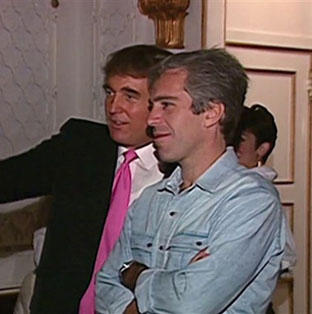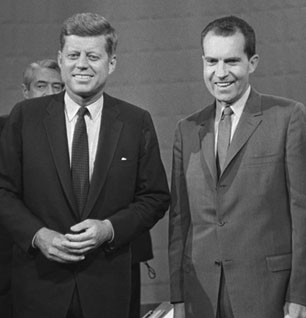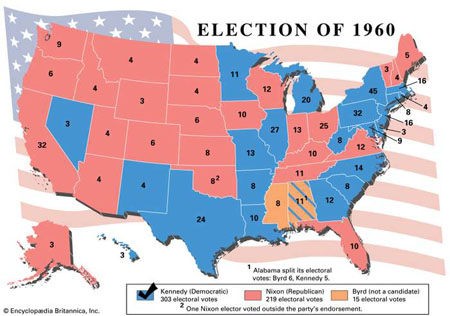COVID-19 America viewed from across the lake : remembering the 1960 US presidential election 60 years later
Apr 26th, 2020 | By Citizen X | Category: Key Current Issues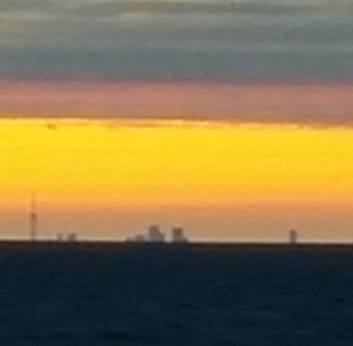
My current favourite view of COVID-19 America from inside the USA itself came from a white-haired but otherwise quite young-looking Jay Leno, speaking on HBO TV from Bill Maher’s Los Angeles backyard this past Friday night.
The retired talk-show host noted how Dr. Fauci, director of the National Institute of Allergy and Infectious Diseases, has said the fight against COVID-19 is a war. And when asked how this war is to be fought the doctor explained “by staying home and watching TV.”
This, the still-active streetwise comic Mr. Leno concludes, has to make you optimistic about the future of the USA. Who is more qualified to fight this kind of war than Americans?
As both Jay Leno and Bill Maher also took pains to stress COVID-19 is of course a deadly serious business, that has already caused too much human suffering in the United States and many other places (including where I live in Canada’s most populous province, just 42 miles or 68 kilometres across the lake from New York State).
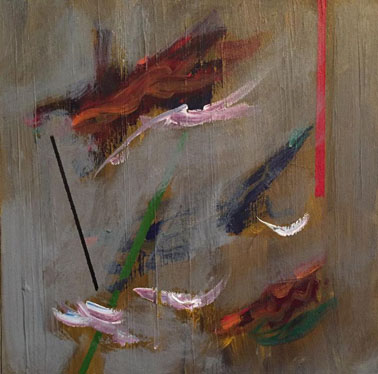
Meanwhile, last year Jay Leno “appeared on the third hour of the Today show and said he doesn’t miss being a late-night host, because nowadays, ‘everyone has to know your politics.’ Rather than offending both sides equally as he once did, Leno said, people now see late-night hosts as ‘one-sided,’ which makes the job tougher than it was in his day.”
He went on to explain in more detail : “People say, ‘It must be easy to do jokes with Trump.’ No, it’s actually harder. Because the punch line of a joke used to be, ‘That’s like the president with a porn star.’ Well, now the president is with a porn star! Where do you go with that? How do you get more outrageous than that?”
You might guess that whatever Jay Leno says on TV he will likely enough vote for Joe Biden this coming November 3, 2020. And Bill Maher regularly testifies to his intention in this direction, however much Mr. Biden may be “no one’s first choice.”
I am myself unambiguously in the far northern school of “practically all Canadians … vote Democratic in American elections.” And I agree with my wife and almost all my friends that Donald Trump is at the very least the most appalling US president in living memory, who could set Democracy (and much else) in America back for generations if he wins a second term.
I take some slight heart as well from, eg, the current RealClear Politics findings : (a) that Trump’s average job approval on the past eight national polls is 45.8% compared to 52.0% disapproval ; and (b) that Biden beats Trump in seven of the past eight state polls, and all of the last four national polls.
On the other hand, I am suitably sobered (and distressed) when I read that : “Biden Leads Trump in Key States. But Hillary Clinton Led by More” ; “Trump holds narrow lead over Biden in Texas” (well actually it’s Trump 49%, Biden 44%) ; and : “Nationally, Biden is now leading Trump by around six percentage points … a slight improvement over late January and February,” but “substantially down since the fall, when he was … 10 percentage points above Trump.”
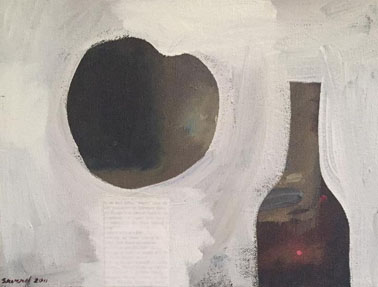
Most of the polling numbers since he took office, I think it’s fair enough to say, suggest that the democratic majority of Americans do not support the wild and crazy presidency of the Man from Mar-a-Lago (by way of Trump Tower, New York City).
At the same time, they also suggest that – given the particular mechanics of the US electoral system – the majority against Trump is far from as large as it would need to be to make to make a Trump victory on November 3 even unlikely, let alone unthinkable or virtually impossible.
When Trump’s media savvy and marketing instincts are at their sharpest, the divide between his Republican supporters and their Democratic, Independent, and anti-Trump conservative opponents is alarmingly close to half and half. The increasingly toxic partisanship of American politics today is closer to a non-violent (so far) civil war, than it is to a contest between some definitive last gasp of yesterday and an inevitable more progressive tomorrow.
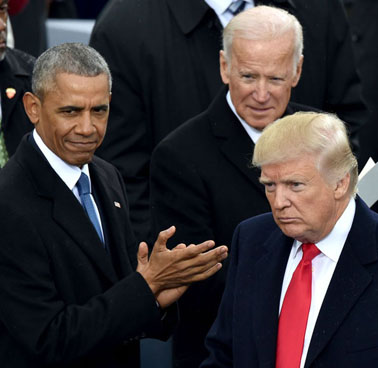
(Though I do myself believe that President Obama and Vice President Biden, and hopefully beyond, did happily – and even surprisingly – raise the manifestly destined head of a bright new American future, while Donald Trump and Vice President Pence speak for a dark past that is headed down a historical blind alley of ultimate irrelevance in the wider global village.)
You can say that this is an unprecedented situation in American history – now only intensified by the COVID-19 pandemic which has all too quickly become mixed in with the toxic political partisanship. And there may be a little to this.
But to me the longer the hopefully brief Age of Trump has gone on since November 2016, the clearer it has become that there has long been a recurrent great divide in American politics, economics, and culture. The largest example is the real and appallingly violent American Civil War of 1861-1865, to end slavery and at least start to bring democracy to all the American people.
One hundred years later, there was the American Presidential Election of 1960 – won by the later-assassinated John Fitzgerald Kennedy, “the first Catholic President” and the political leader who arguably began the chapter of American history still in progress today.
In 2020 I think what stands out most when you look back on the 1960 election – between the Democrat Kennedy and the Republican Richard Nixon (who would ultimately resign as a later president, to avoid being removed from office by Congress) – is just how close it was in the popular vote : Kennedy 49.72% and Nixon 49.55%.
(Certain complexities here are nicely enough explained by the Wikipedia article on the subject : “Kennedy won a 303 to 219 Electoral College victory and is generally considered to have won the national popular vote by 112,827, a margin of 0.17 percent, though some argue that Nixon should be credited with the popular vote victory, as the issue of the popular vote was complicated by the presence of several unpledged electors in the Deep South.”)
A further poignant fact strikes me as I ponder the map of the 1960 US election. Back then the geography of what the US political lexicon now calls red states and blue states was not what it is today, 60 years later.
Probably the most striking difference is that in 1960 Texas was a blue state, and California was red (and the home state of Richard Nixon, born and raised in what is now the Los Angeles metropolitan area, where his presidential library and museum reside in 2020).
In 1960 the entire Pacific coast of the USA was “red-state”– California, Oregon, and Washington State. Today it is all blue-state and an important regional seedbed for 21st century American liberalism. Political history does not stay static for all time. It changes and it moves.
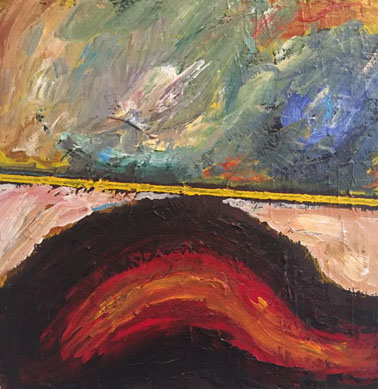
Whatever else, it does seem to me that the extreme right-wing conservatism the Republican party which has consolidated around Donald Trump’s leadership wants to lock into the American future for as long as possible cannot finally endure. It doesn’t know how to move with the changing world we all must somehow learn to inhabit in the 21st century.
The only ultimate question may be whether this same Trumpist Republicanism can nonetheless destroy the American future for something that will make more sense – in a USA that continues to serve as a forward beacon for the free and democratic society in the wider global village.
In any event, I am nervously looking forward to watching November 3, 2020 in my Canadian TV room, sheltering in place just 42 miles or 68 kilometres across the lake from New York State. And I certainly do hope Joe Biden wins.
